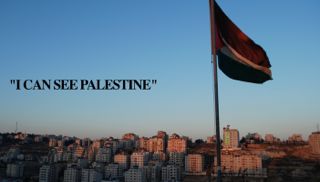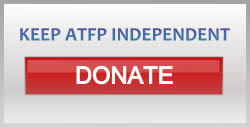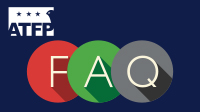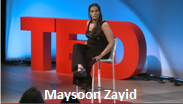Olives are a centuries-old mainstay of the Palestinian economy, with the soil and climate producing some of the of the world’s highest quality olive oil. The olive is also symbolic of Palestinians roots in, and attachment to, the land. Some 45% of agricultural land (over 900,000 dunums) is planted with an estimated 10 million olive trees, with the potential to produce between 32,000 – 35,000 metric tons of oil. Approximately 93% of the olive harvest is used for olive oil, and the remainder for pickles, table olives, and soap. Up to 100,000 families depend upon the olive harvest for their livelihoods to some extent. The vast majority of the harvest is consumed domestically, with a small amount exported abroad, principally to Jordan, with increasing interest and demand from the international organic and free trade markets.
This year, the olive industry promises to contribute over US$ 123 million (based on 2006/7 figures) to the fragile West Bank economy - 18% of total agricultural production. However, the movement restrictions and obstacles imposed by the Israel Defence Forces (IDF), which reduce access to land and markets; the Barrier which separates many farmers from their olive groves; the closure of the Gaza Strip crossings; and the increasing attacks and destruction by Israeli settlers against farmers and olive trees, combined raise concerns about the potential success of this peak olive season.
To download the full report please click below:
| Attachment | Size |
|---|---|
| olive_harvest_fs08.pdf | 225.51 KB |
UNFPA, UNIFEM, UNOCHA, UNOHCHR, UNRWA, WFP - October 31, 2008 - Back to Resources Page
Did we miss something?
Click here to suggest a state building resource to be added to our fast-growing archive!
















